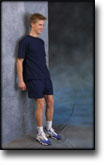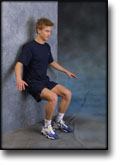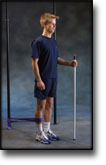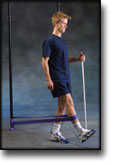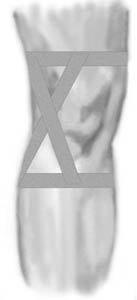|
Subluxation of the patella: evaluation of patellar articular cartilage with MR imaging.
Nakanishi K, Inoue M, Harada K, Ikezoe J, Murakami T, Nakamura H, Kozuka T. Br J Radiol 1992 Aug;65(776):662-7.
In patients with subluxation of the patella, injury of the patellar articular cartilage is frequently observed, and correct evaluation of this cartilage injury is extremely important for the management of these patients. Magnetic Resonance (MR) studies were performed on 102 patellofemoral (PF) joints of 51 patients with subluxation of the patella and 20 PF joints of 10 healthy volunteers. In 77 of the 102 PF joints with subluxation, arthroscopy and/or operation were performed. MR images were obtained with spin-echo and FLASH sequences, and para-axial images were obtained. We retrospectively analysed the MR findings of the 77 joints with special attention to the surface and thickness of the cartilage, and classified them into four grades. These MR grades were compared with the grades on arthroscopy, and the following results were obtained: MR grade 0, normal cartilage (n = 27, sensitivity 90.9%, specificity 74.2%); MR grade 1, thickening of the cartilage (n = 24, sensitivity 50%, specificity 89.1%); MR grade, surface irregularity of the cartilage (n = 20, sensitivity 85%, specificity 94.7%); MR grade 3, loss of the cartilage (n = 6, sensitivity 100%, specificity 100%). Although the early changes observed by arthroscopy were underestimated from the MR images, MR imaging proved to be extremely useful for evaluating moderately or advanced patellar cartilage injury.
|



































